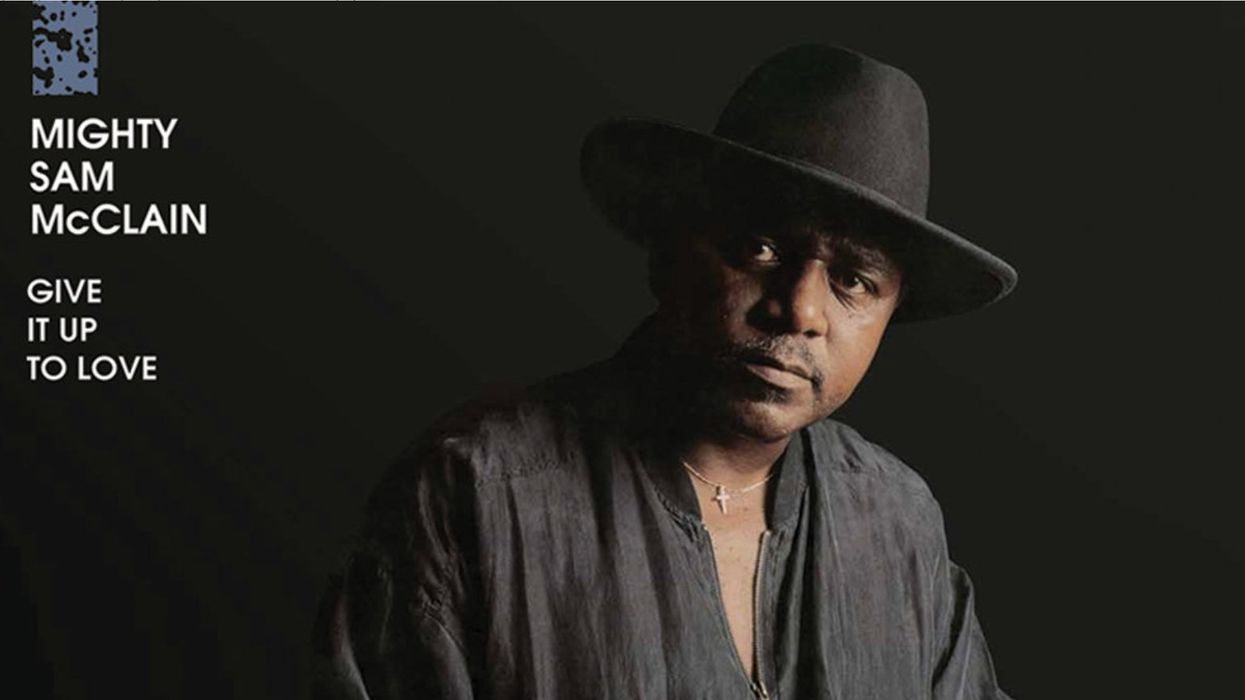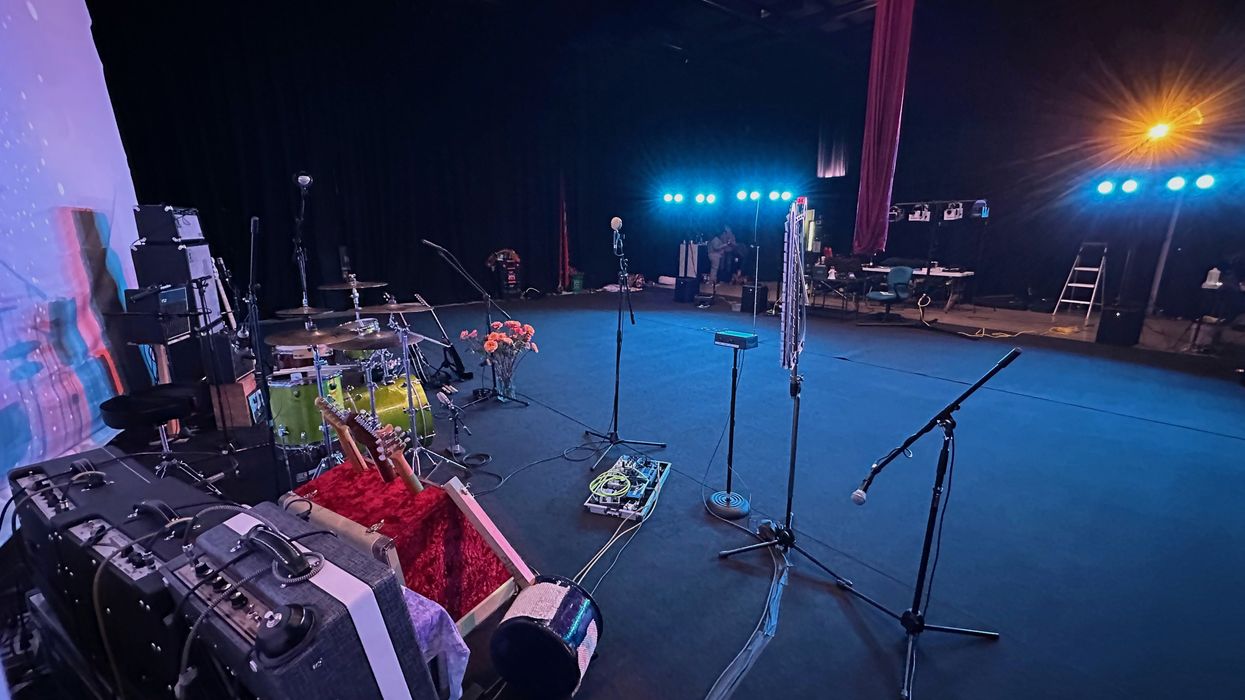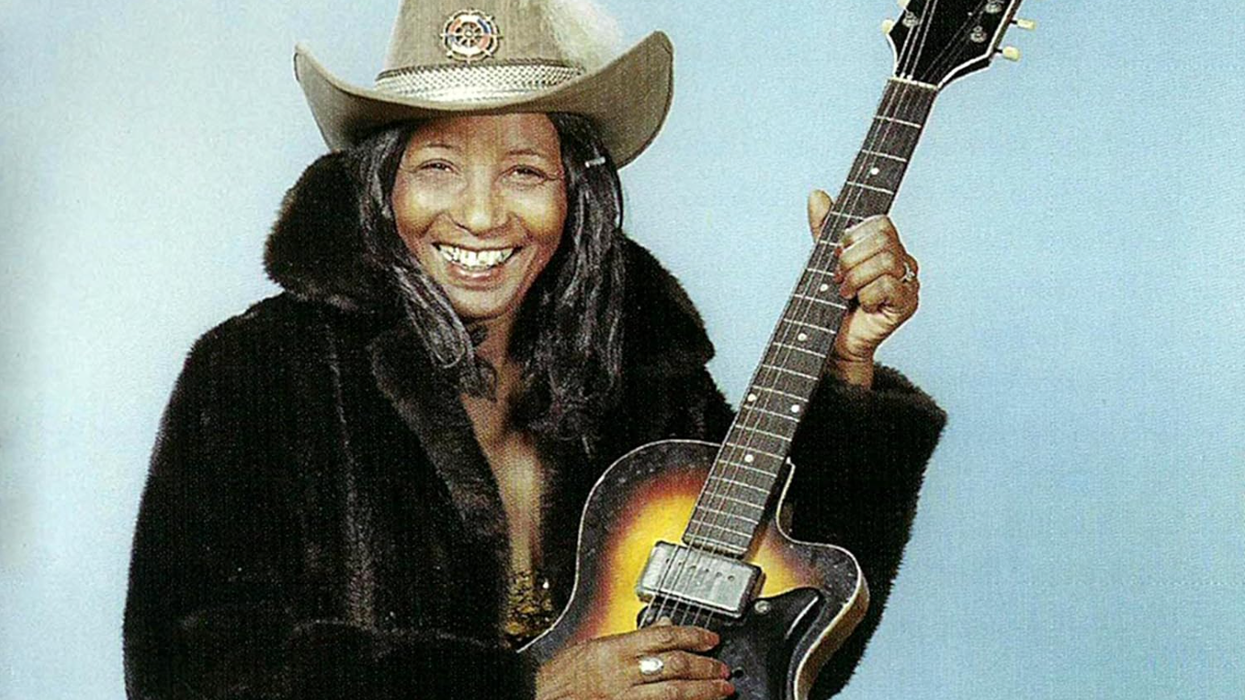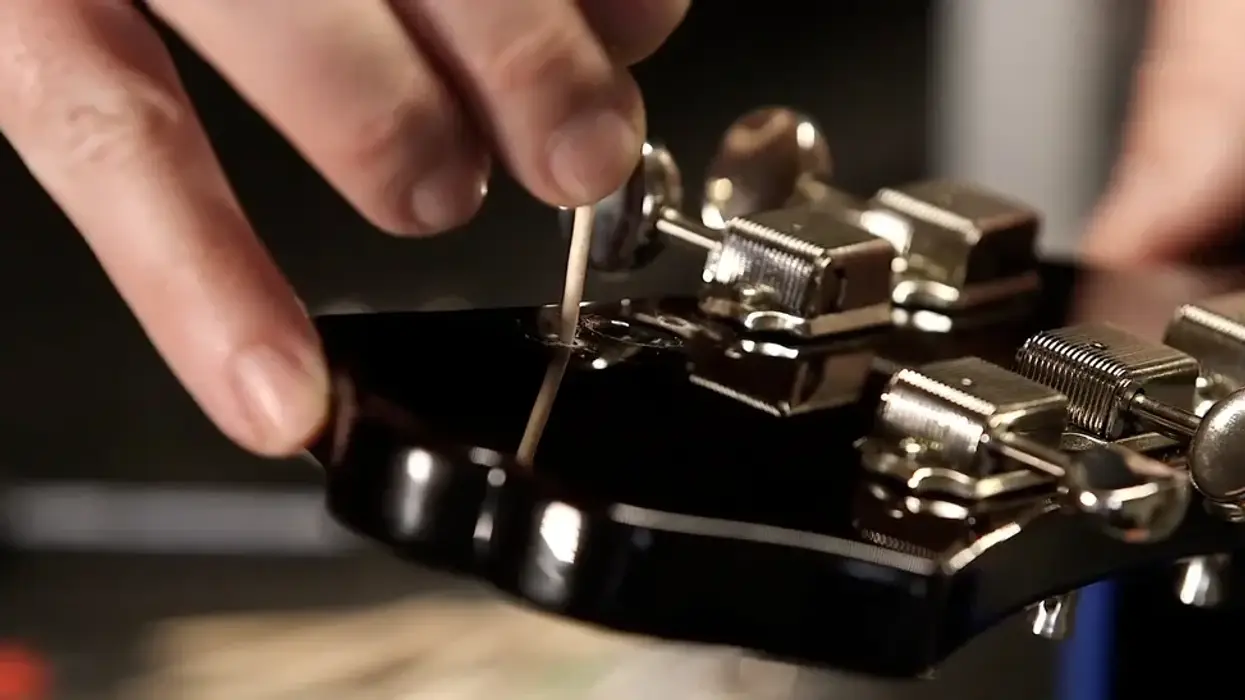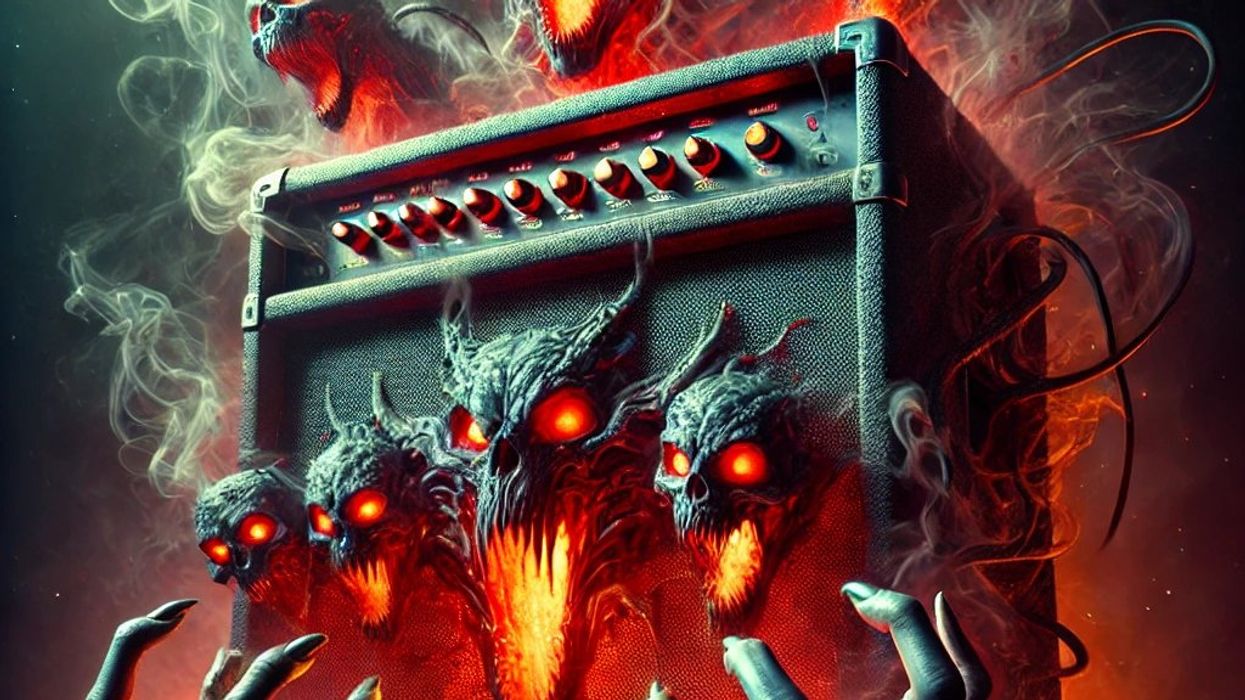I just got back from the NAMM show, and I am suppressing the nervous twitch of desire. My eyes and ears were flooded with all kinds of great gear, from cutting edge software plugins to microphones to—my favorites—pedals, amps, and guitars. With so much new gear around, G.A.S. was so abundant you could almost smell it hanging over the show floor. (Sorry, I could not resist.)
As you all know, I’m talking about Gear Acquisition Syndrome, the disease for which there is no cure. I have 15 guitars—17, if you count a cigar box and a diddley bow—that cover the sonic waterfront for me and then some. So why would I want more? My tube and solid-state amps are carefully curated so I can recreate all the classic tones I love, and with my quirky playing approach and equally carefully assembled pedalboard, I can put my own spin on every one of them.
And yet … I return with a pocketful of maybes. Maybe that new semi-hollow with the sleek neck and coil-splitting would get me another tone I can’t quite access now? Maybe that pedal would make it easier to accommodate pitch shifting while I solo? Maybe it’s time to add a bona fide high-gain amp, or dive into modeling?
I used to think these impulses were unhealthy. Especially when I was a touring indie musician and had no money to spend on gear. (One of musical life’s great ironies is that club-level working musicians often earn so little that they can’t afford to increase or upgrade the tools of their craft.) But I’ve changed my mind, thanks to my dog.
“You should never pick up interesting things with your mouth.”
Dolly, who is going on 17, is slow … or perhaps methodical … when we go on walks. But every inch of the way she is sniffing, her ears are up, and she stops to spend time looking at and smelling anything that captures her interest, even for a moment. That’s a great way to spend NAMM and to examine gear, with senses and imagination open, considering the potential of everything for your music, prepared to evaluate impulses without prejudice. (But, unlike Dolly, you should never pick up interesting things with your mouth.)
Considering a piece of gear is not the same as buying it, or I’d be broke. And evaluating these flirtations can lead to something good. Let’s say you’re smitten with a brand-new $250 modulation pedal. But after careful consideration and inspection, you realize you can get a similar sound with the chorus or vibrato you already own, and a delay or reverb pedal. The tempting new gear has led you down a path of finding a new, purposeful sound in your current gear. Same with a drive pedal. It’s fresh, it’s raw, it’s low and singing—and maybe with a bit of compression it isn’t very far from the sound you can get with your current overdrive if you just roll back the tone controls on your 6-string. And what about that semi-hollow? Maybe what I really need is a 10-band EQ pedal so I can approximate semi-hollow and hollowbody tones on all my guitars at whim, which would certainly inject a different voice into the solos or choruses of songs in my repertoire. Sometimes looking at new gear reminds us of the full range of our current musical real estate holdings. And that’s great. It’s easy to get in a rut and overlook the potential of gear you already own. (Parallel question: How many of you really make full use of the tone and volume controls on your instruments? I find this to be an oddly neglected zone of exploration, even this many years beyond Eric Clapton’s unfortunately dubbed “woman tone.”)
That said, there’s also not a damn thing wrong with buying some new gear. In fact, it’s great. Guitars, pedals, amps, microphones, plugins, and even accessories seem to get better all the time, which means we probably all have some room for upgrades if we’re able to make them. Same with the tones produced by modern emulations of vintage gear, which ideally get more on the nose with every iteration, while adding improvements to tonality and performance. In terms of consistency and playability, today’s well-made guitars are perhaps the finest ever built, in some cases outperforming the templates that inspired them at much lower cost. And, as the saying goes, every guitar—or pedal, or amp—has new songs inside of it, waiting to be discovered.
Hopefully you’ve gorged on the videos and reports from the NAMM floor that we’ve shared at premierguitar.com with you this month. There was a lot to see, hear, and smell. Well, maybe not smell, but I think you know what I mean. Never be afraid to chase gear temptation, because it can often lead you to interesting places.






